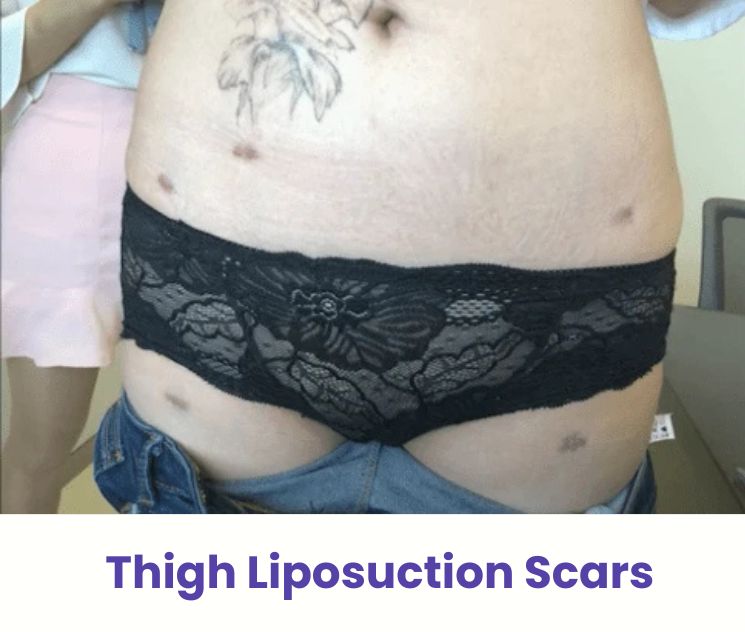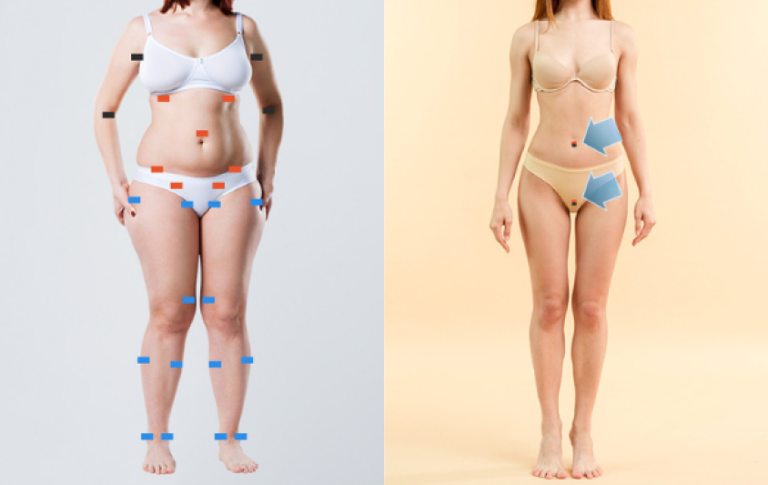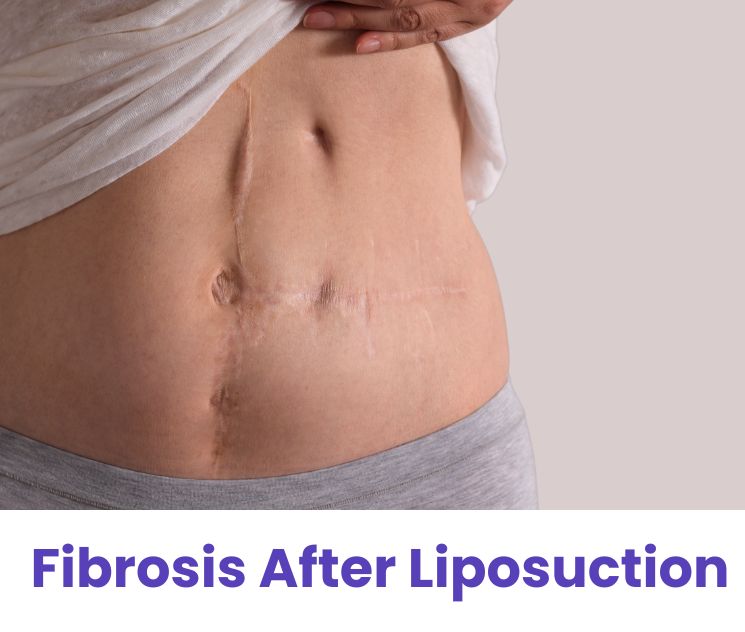When people think of body contouring or slimming, one of the most common areas of concern is the thighs.
Whether it’s the inner thighs, outer thighs, or even the knees, excess fat in these areas can be difficult to reduce through diet and exercise alone.
This is where thigh liposuction comes in as an effective solution to help create a smoother, more sculpted appearance.
However, one of the main concerns that people have before undergoing thigh liposuction is the possibility of scarring.
In this post, we’ll discuss everything you need to know about thigh liposuction scars, how they form, how to minimize them, and the best practices to ensure you get the smoothest, most natural-looking results possible.
Contents
Why People Choose Thigh Liposuction
There are various reasons why people choose to undergo thigh liposuction.
Some people feel self-conscious about their thigh size and want to achieve a more streamlined appearance. Others may want to fit better into clothes such as skirts or swimsuits, or simply feel more confident wearing shorts or dresses.

But despite dieting and regular exercise, many people find that their thighs remain the same size or even get larger due to muscle development. This can be frustrating for those who feel like they’ve exhausted all options.
Thigh liposuction provides a solution to this issue by removing stubborn fat from the thigh area and reshaping it to create a slimmer, more defined look.
However, like any surgical procedure, it comes with the concern of potential scarring.
Understanding how scars form and how they can be minimized is essential before deciding to move forward with this procedure.
The Challenge of Thigh Fat
When it comes to weight loss, the thighs can be one of the hardest areas to slim down, even with strict dieting and regular exercise.
This is because the lower body, especially the thighs and buttocks, tends to store fat more than other areas.
The reason lies in the physiology of the body. The lower body tends to accumulate fat more easily due to slower metabolism and blood circulation compared to the upper body.
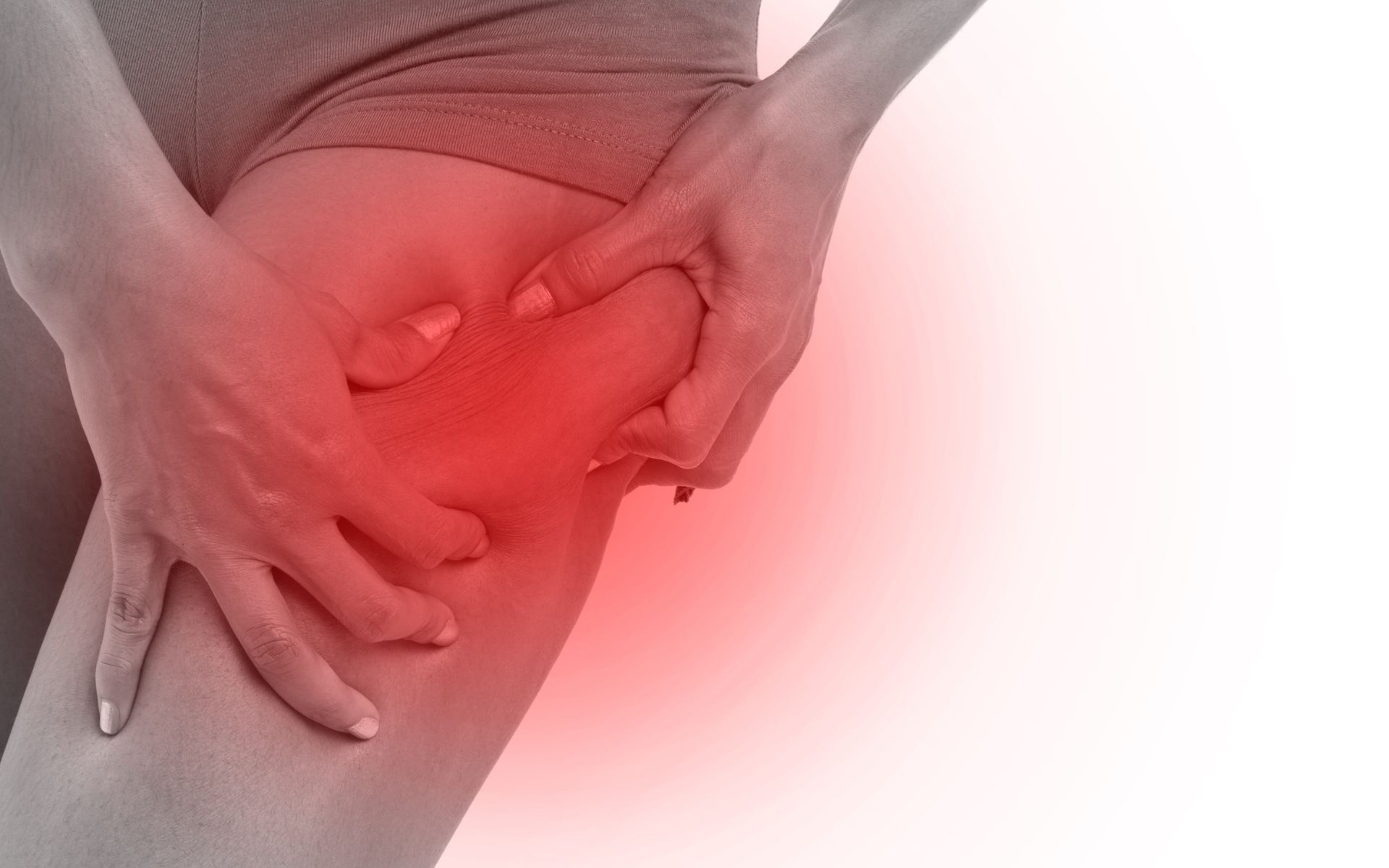
As a result, when people lose weight, the upper body tends to slim down first, while the thighs often remain the same or even become larger as the body may develop more muscle in the area.
Many people experience frustration because, despite a slimmer upper body, their thighs remain stubbornly thick.
This is where thigh liposuction offers an effective solution to sculpt the lower body and create a smoother, more toned appearance.
Understanding Thigh Liposuction Scars
When considering thigh liposuction, one of the major concerns people often have is the potential for scarring.

While any surgery may leave scars, the extent and visibility of these scars largely depend on the surgeon’s technique, the placement of the incisions, and how well the body heals.
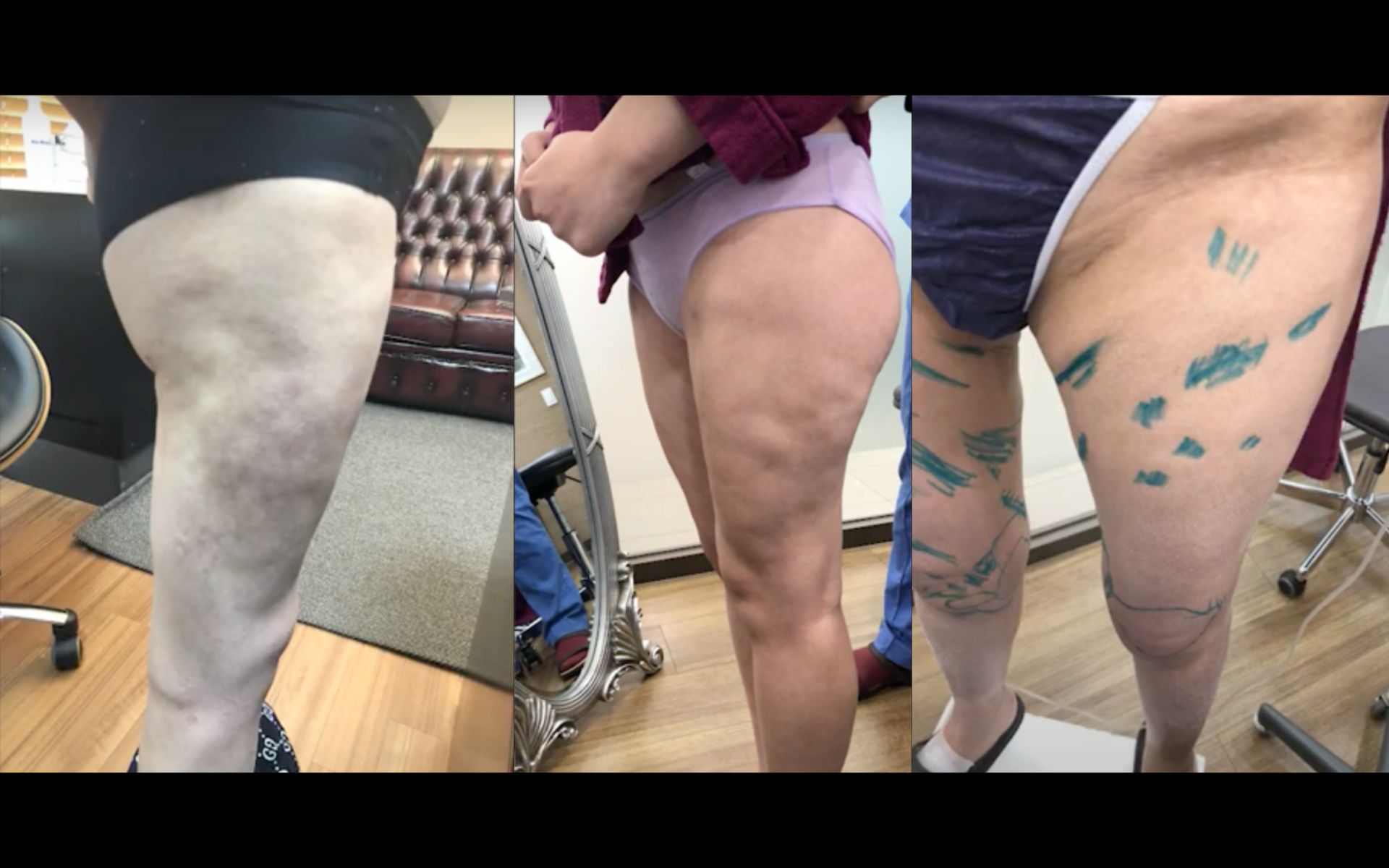
Understanding how scars form and what steps can be taken to minimize their visibility is crucial for anyone considering this procedure.
In this section, we will focus on what you need to know about thigh liposuction scars, and how you can take steps to ensure you get the most natural, smooth results with minimal scarring.
The Importance of Incision Placement
The key to minimizing thigh liposuction scars is proper incision placement. Experienced surgeons, like Dr. An, understand the anatomy of the body and will make incisions in strategic areas where the scars are least noticeable.
The most common incision sites for thigh liposuction are:
– The crease of the groin or inner thigh
– Behind the knee
These areas are chosen because they are not easily visible when wearing shorts, skirts, or swimsuits, ensuring that any scarring remains hidden.
In more extensive procedures, incisions may be made near the bikini line or along the inner thigh, depending on how much fat needs to be removed.
Dr. An, who has over 23 years of experience and has performed over 20,000 successful liposuction surgeries, specializes in minimizing scarring by placing incisions in discreet areas.



His technique focuses on achieving a natural-looking result with the least visible evidence of surgery.

Incision Size and Its Impact on Scarring
The size of the incisions made for thigh liposuction is another crucial factor in how visible the scars will be.

For most patients, the incisions are small, typically around 1 cm in length. This small size significantly reduces the likelihood of noticeable scars.
If more extensive fat removal is needed, the incisions may be slightly larger, but they are still typically smaller than those seen with other types of surgery.
Dr. An uses advanced techniques to keep the incisions as small and inconspicuous as possible. By placing the incisions in natural body folds, the scars become even less noticeable as the body heals.
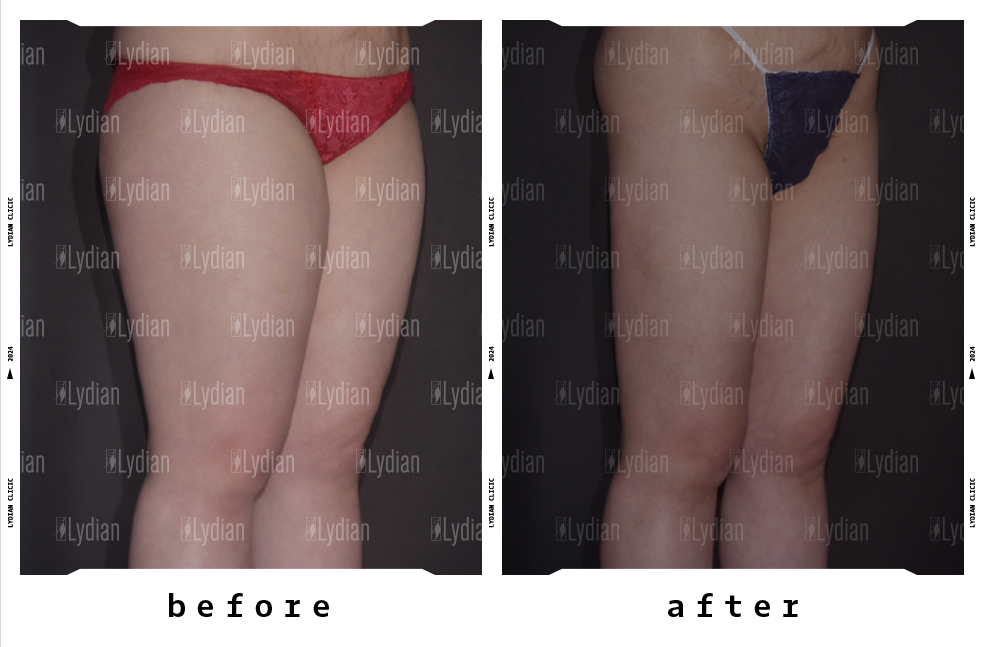
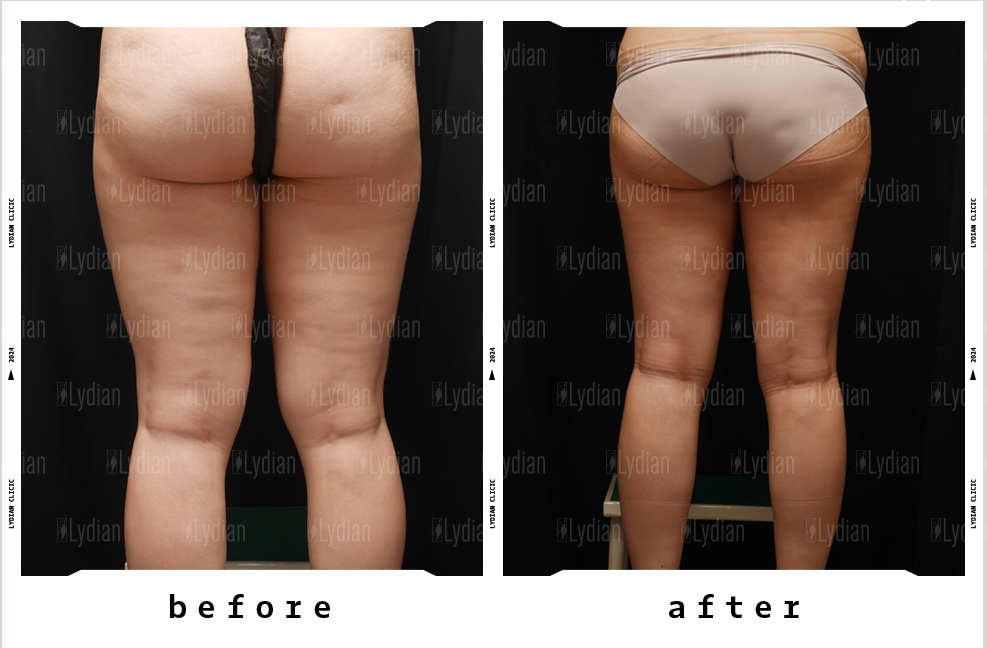
How Scars Form and Heal Over Time
Once the surgery is completed, the body will begin its healing process. Initially, the incisions will form scars, but the appearance of these scars will depend on several factors:
– Skin Type: Darker skin types may form more visible scars.
– Age: Younger skin generally heals more effectively and faster than older skin.
– Surgeon’s Skill: The surgeon’s technique in placing the incisions and stitching them properly plays a significant role in minimizing scarring.
Most patients will find that their scars fade significantly over time. While the scars may be visible immediately after the surgery, they should become much less noticeable as the body heals, typically within 6 months to a year.


However, for some individuals, keloid or hypertrophic scars may develop, and additional treatments may be needed to improve their appearance.
Tips for Minimizing Thigh Liposuction Scars
While it’s impossible to completely avoid scarring, there are several effective ways to minimize them and help your body heal as quickly and smoothly as possible. Let’s take a look at the most important steps for minimizing scars:
1. Choose an Experienced Surgeon
One of the most important factors in minimizing scars is selecting a skilled surgeon.
Dr. An has over 23 years of experience in liposuction and has successfully performed thousands of procedures.

His expertise allows for minimal incisions in strategic, discreet areas to ensure that scars remain barely noticeable.

With his skill and precision, you can expect a smoother healing process and the best possible results.
2. Follow Post-Surgical Care Instructions
Proper post-surgical care is critical for minimizing scarring. Some important tips include:
– Keep the incisions clean and dry: This prevents infection and helps minimize scarring.
– Use silicone sheets or gels: These can help soften and flatten scars over time.
– Avoid direct sun exposure: Sunburn can darken scars and make them more noticeable, so it’s essential to protect your skin from the sun during the healing process.
In some cases, laser therapy or scar treatments can be recommended to improve the appearance of scars and further reduce their visibility.
3. Wear Compression Garments
Compression garments are essential after thigh liposuction. They help to reduce swelling, improve blood circulation, and encourage the skin to contract around the treated areas, which can also assist in smoothing out lump after liposuction.
Additionally, these garments help prevent the formation of excess scar tissue, which helps minimize the appearance of scars.
Why Thigh Liposuction Scars Shouldn’t Be a Major Concern
While scarring is a valid concern for many patients, it’s important to understand that the benefits of thigh liposuction far outweigh the potential for scarring.
When performed by an experienced surgeon like Dr. An, the incisions are small, strategically placed, and tend to fade significantly over time.



For most patients, the desire to achieve slimmer, more toned thighs is far greater than the concern over scars.
Additionally, when the incisions are placed in discreet areas and properly cared for, the scars often become barely noticeable.
Remember, the primary goal of thigh liposuction is to help you achieve smoother, more sculpted legs.
When the procedure is performed correctly, the minimal scarring left behind will be a small price to pay for the dramatic improvement in your leg shape.
Conclusion: Is Thigh Liposuction Right for You?
If you’ve struggled with stubborn thigh fat that doesn’t seem to go away with diet and exercise, thigh liposuction could be the right solution for you.
While scarring is a concern for many, choosing a skilled surgeon like Dr. An, who specializes in minimizing scarring, can give you the best possible results.
At Lydian Clinic, we prioritize natural-looking results with minimal scarring. We use the latest liposuction techniques to ensure that you get the best possible outcomes.
If you’re concerned about scars, rest assured that we will guide you through every step of the process to ensure smooth, beautiful results.
If you’re ready to learn more about thigh liposuction or schedule a consultation with Dr. An, contact us today. Let us help you achieve the slim, toned thighs you’ve always dreamed of with minimal scarring and maximum confidence.
Frequently Asked Questions
After thigh liposuction, most scars will begin to fade within 6 months to a year, but the healing time can vary from person to person. Initially, the scars may appear darker or redder, but as healing progresses, they will become much less noticeable.
Yes, most patients are able to wear shorts or skirts within a few weeks after their procedure, as the incisions are strategically placed in areas that are not easily visible. The healing process should leave you with smooth, well-defined thighs.
The most important factor is choosing an experienced surgeon. Following the correct post-operative care instructions, such as keeping the incisions clean, wearing compression garments, and avoiding sun exposure, will also help minimize scarring.
To avoid excessive scarring, make sure to follow all post-surgical care instructions and keep the incision sites clean and dry. You can also use silicone treatments as recommended by your surgeon to help flatten and soften the scars.
While some scarring is inevitable, thigh liposuction scars are typically minimal and fade over time. With the right surgeon and proper post-operative care, you can minimize the appearance of permanent scars.

 English
English 日本語
日本語 中文网站(繁体)
中文网站(繁体) Русский
Русский Bahasa Indonesia
Bahasa Indonesia ภาษาไทย
ภาษาไทย Tiếng Việt
Tiếng Việt 대한민국
대한민국
